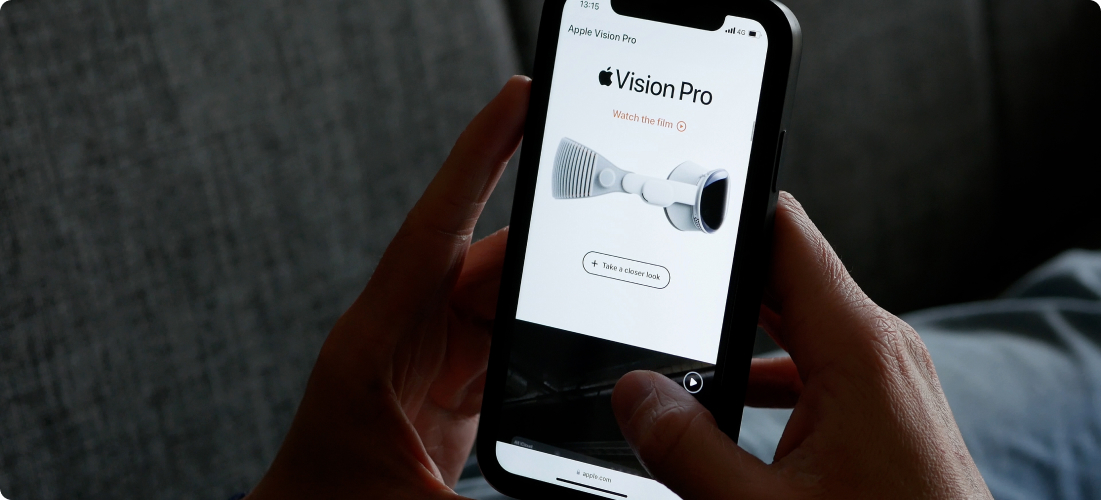
Minimalist design has firmly established itself as a dominant trend in the design world. Characterized by simplicity, clarity, and functionality, minimalism is more than just an aesthetic choice; it’s a philosophy that influences how designers approach their work. In 2024, the popularity of minimalist design continues to grow, driven by a desire for clean, efficient, and impactful solutions.
At its core, minimalist design is about stripping away the unnecessary and focusing on what truly matters. This approach emphasizes clean lines, ample white space, and a limited color palette. By eliminating clutter, minimalist design aims to create a sense of order and tranquility, allowing the essential elements to stand out.
The appeal of minimalism lies in its ability to communicate effectively without distractions. In a world where consumers are bombarded with information, minimalist design offers a refreshing break, providing clarity and focus. This makes it particularly effective in fields such as web design, branding, and product design, where clear communication is crucial.
Several key principles underpin minimalist design. These include:
Quality over Quantity: In minimalist design, less is more. This principle applies not only to the number of elements but also to their quality. High-quality materials, craftsmanship, and typography are essential.
Technology plays a significant role in the popularity of minimalist design. As digital interfaces become more prevalent, there is a growing need for designs that are easy to navigate and visually appealing. Minimalism addresses these needs by providing clean and straightforward interfaces that enhance user experience.
Responsive design, which adapts to different screen sizes and devices, often employs minimalist principles to ensure usability across platforms. The simplicity and clarity of minimalist design make it ideal for creating responsive websites and apps that work seamlessly on both desktop and mobile devices.
In branding and marketing, minimalism has become a powerful tool for creating memorable and impactful identities. Brands like Apple, Google, and Nike have embraced minimalist design to communicate their values of innovation, quality, and elegance. A minimalist logo, for example, can be easily recognized and reproduced across various media, enhancing brand consistency and recognition.
Minimalist marketing materials, such as advertisements, brochures, and packaging, also benefit from the clarity and focus of this design approach. By using clean layouts, simple typography, and strategic use of color, brands can create compelling messages that stand out in a crowded market.
The psychological appeal of minimalism cannot be overlooked. In a fast-paced, information-saturated world, minimalist design provides a sense of calm and order. It reduces cognitive load, making it easier for users to process information and make decisions. This is particularly important in web and app design, where user experience is paramount.
Minimalist environments, whether digital or physical, can also promote a sense of well-being. The clean and uncluttered aesthetic of minimalist design creates a relaxing atmosphere, which can enhance user satisfaction and engagement.
Despite its popularity, minimalist design is not without its challenges and criticisms. Some argue that minimalism can be overly simplistic, stripping away too much and leading to a lack of personality or warmth. Others point out that achieving true minimalism can be deceptively difficult, requiring a high level of skill and attention to detail.
Additionally, minimalist design is not always suitable for every project or audience. In some cases, more elaborate and detailed designs may be necessary to convey the desired message or evoke the right emotions.